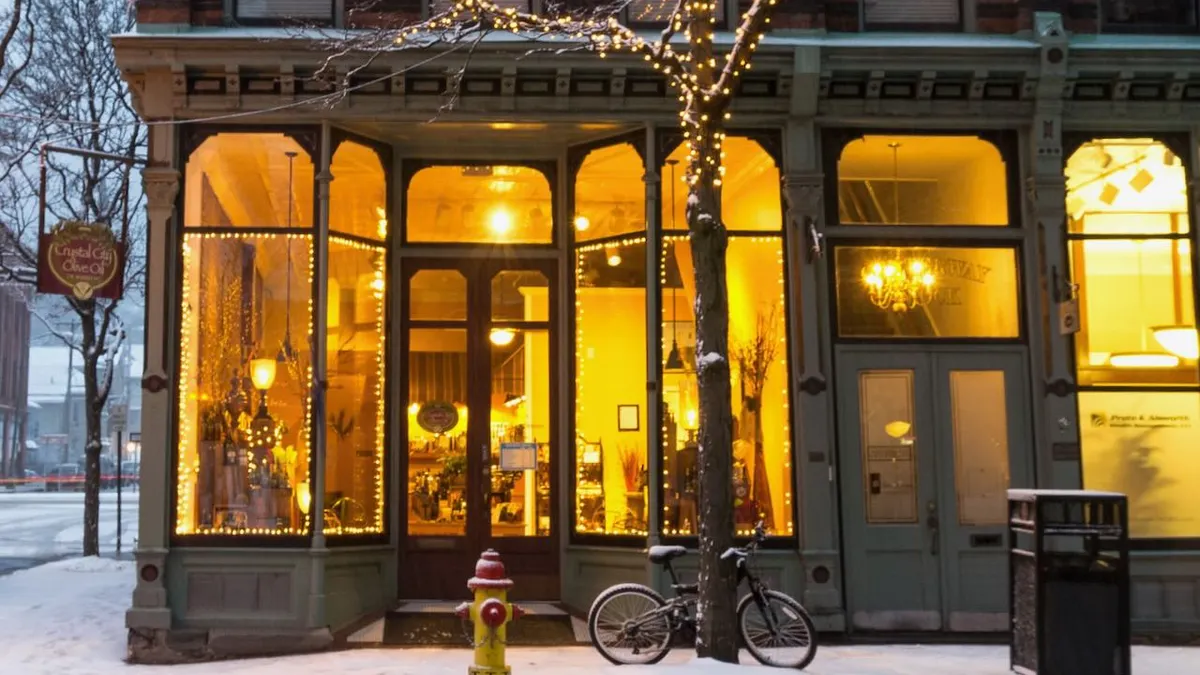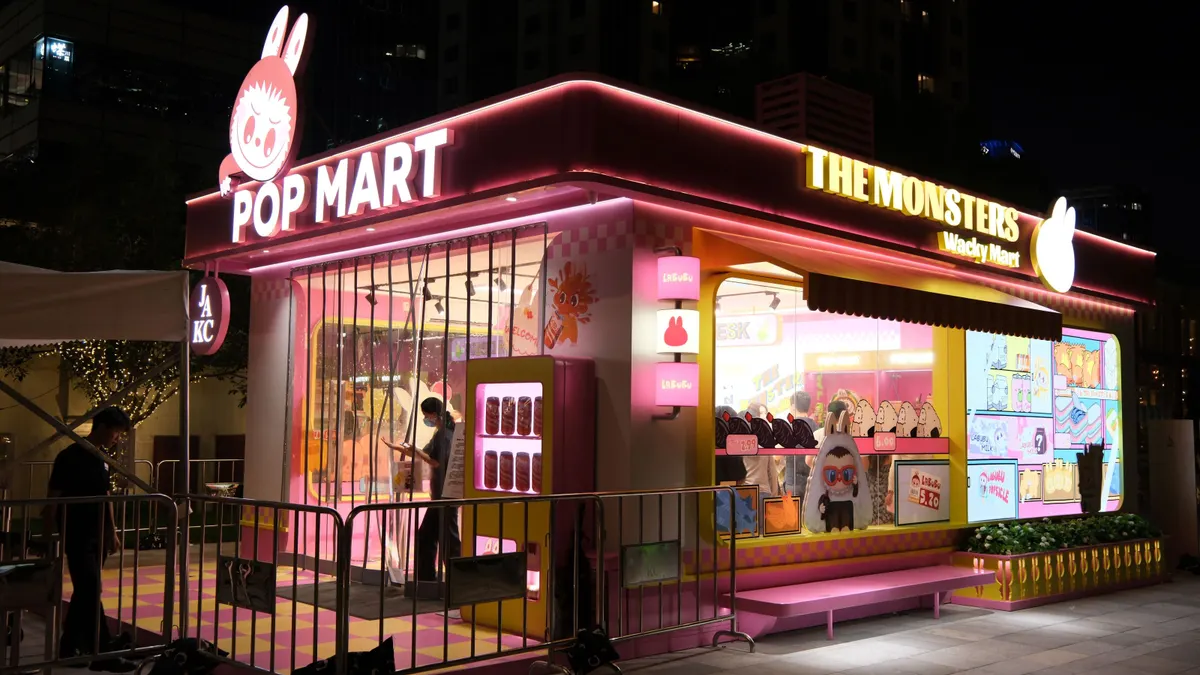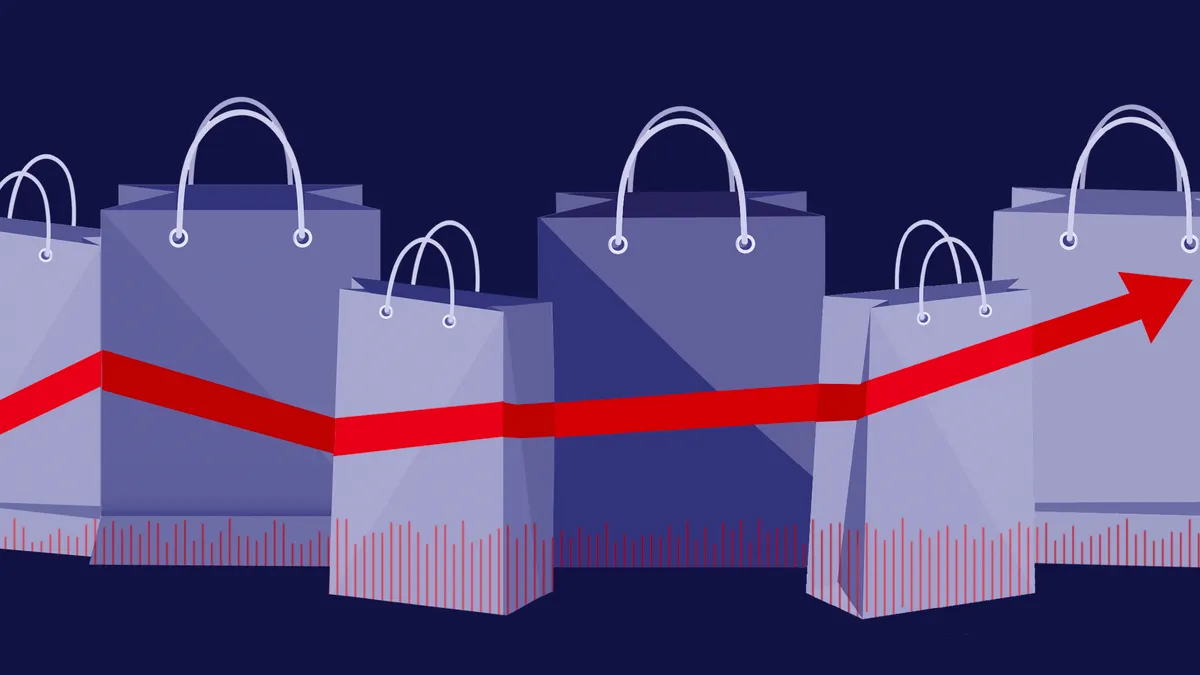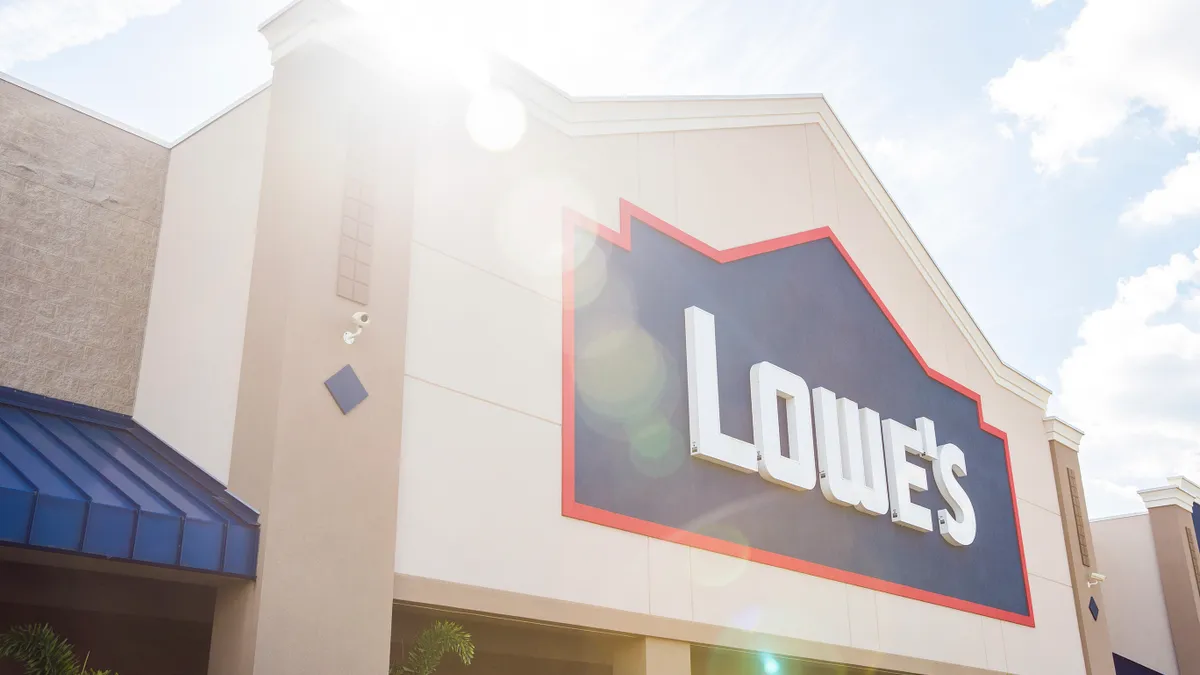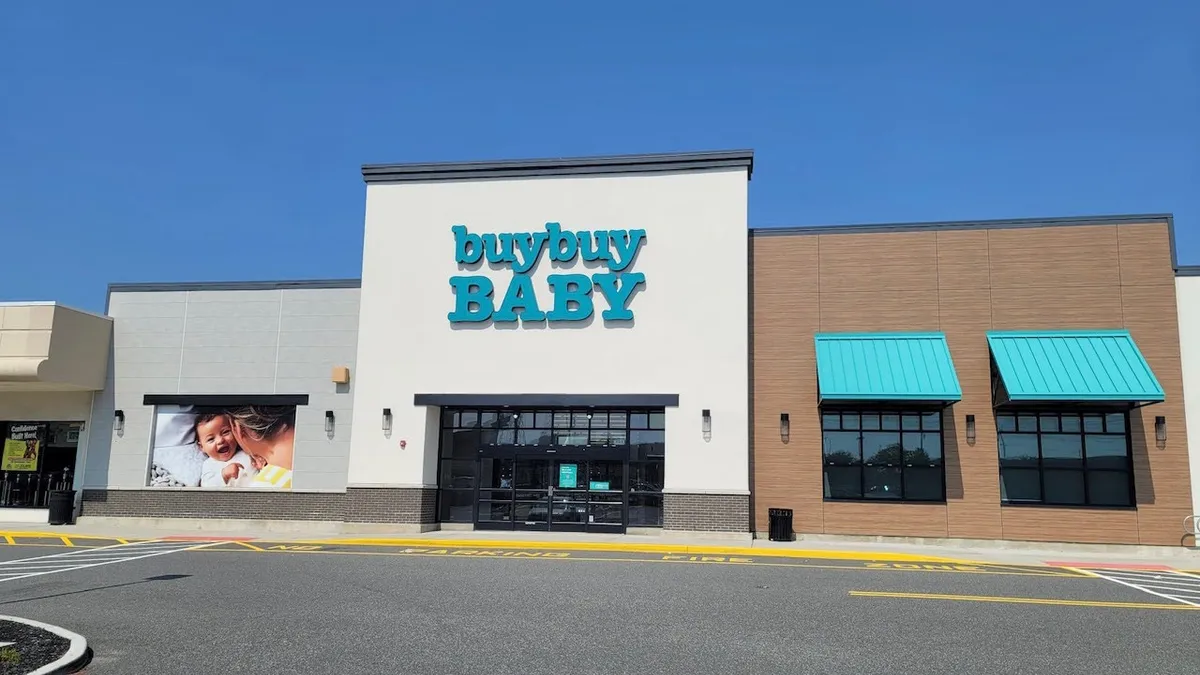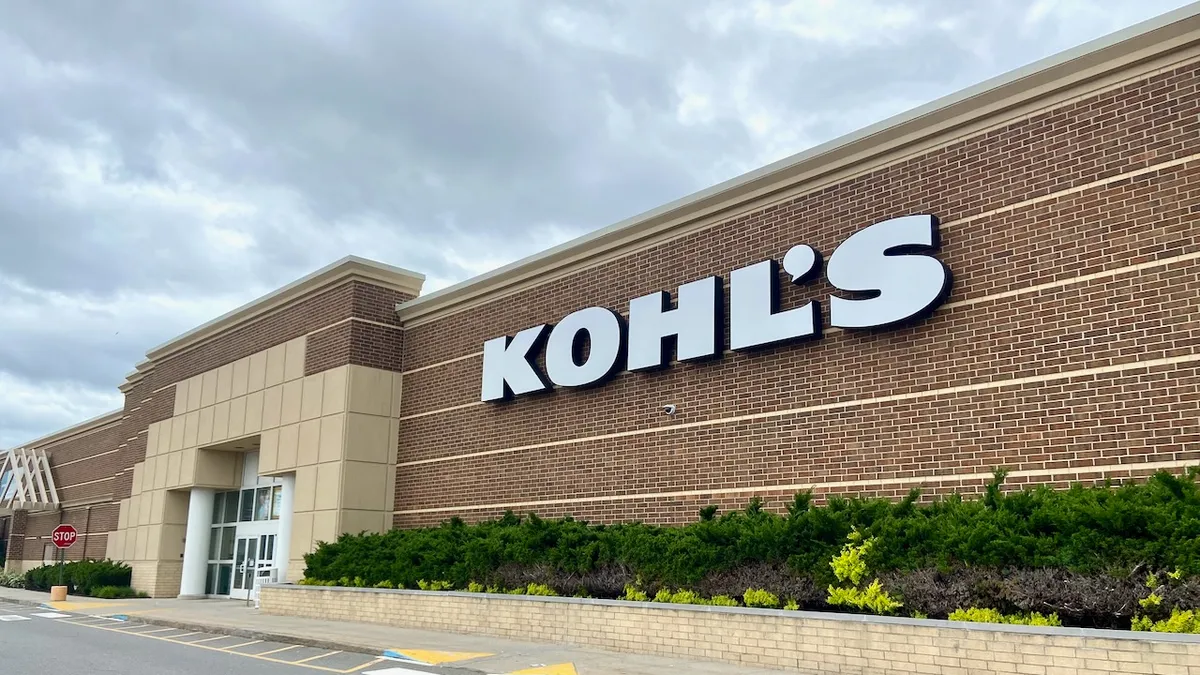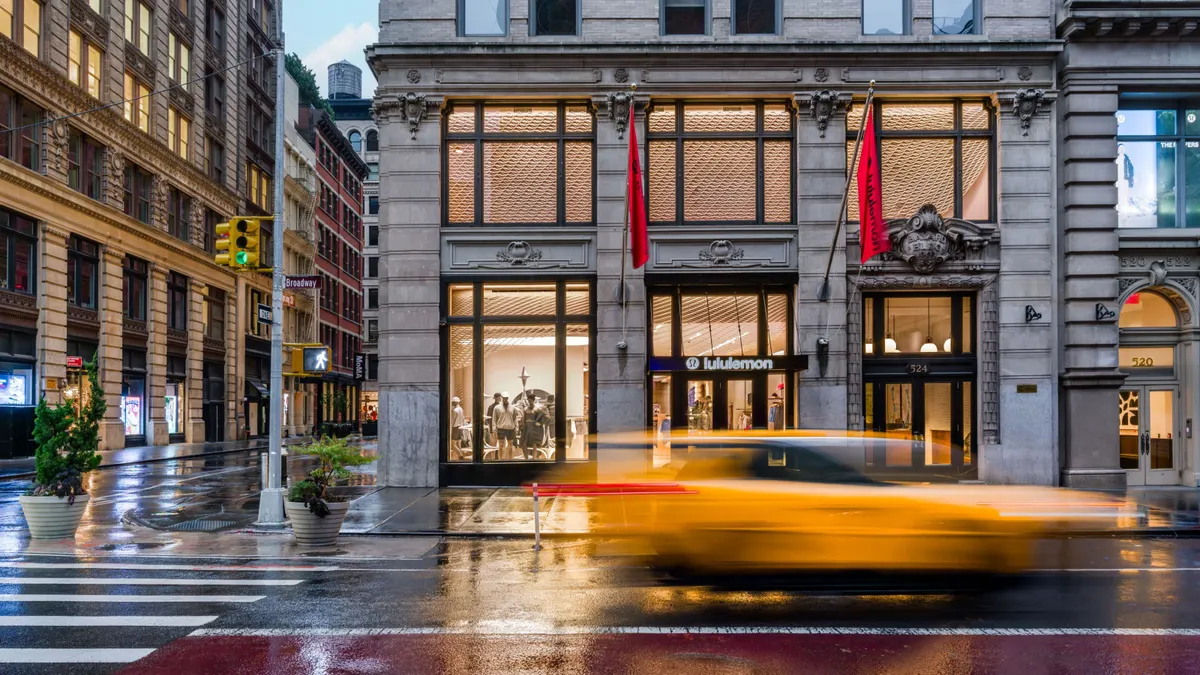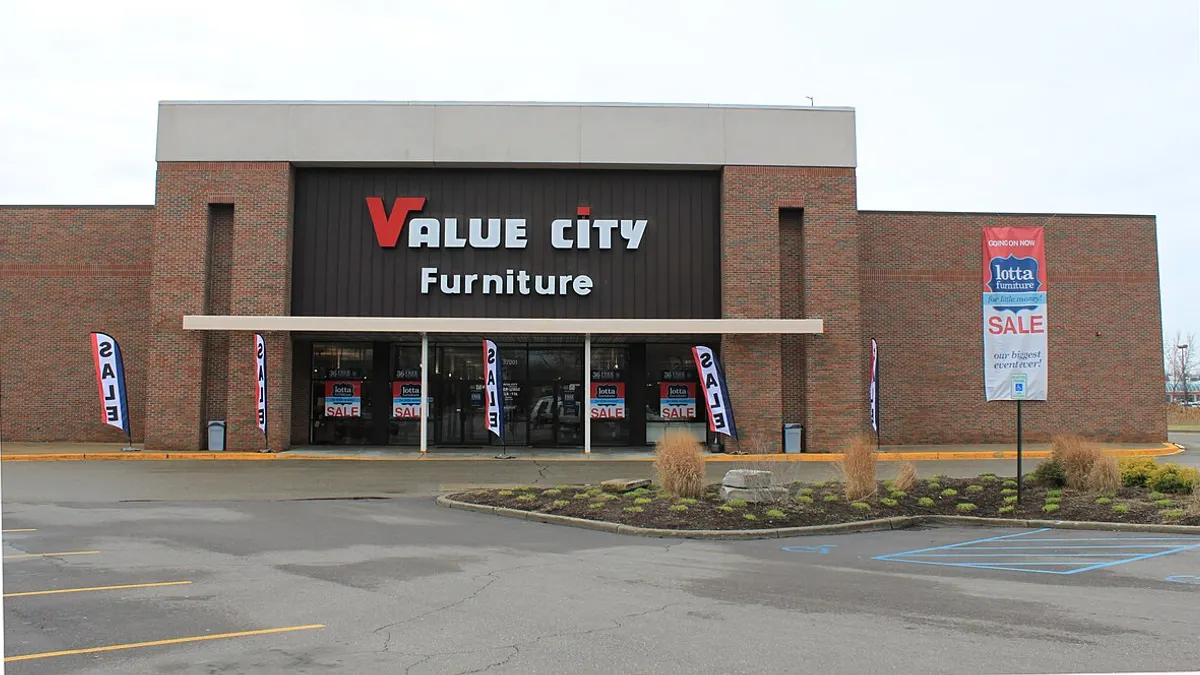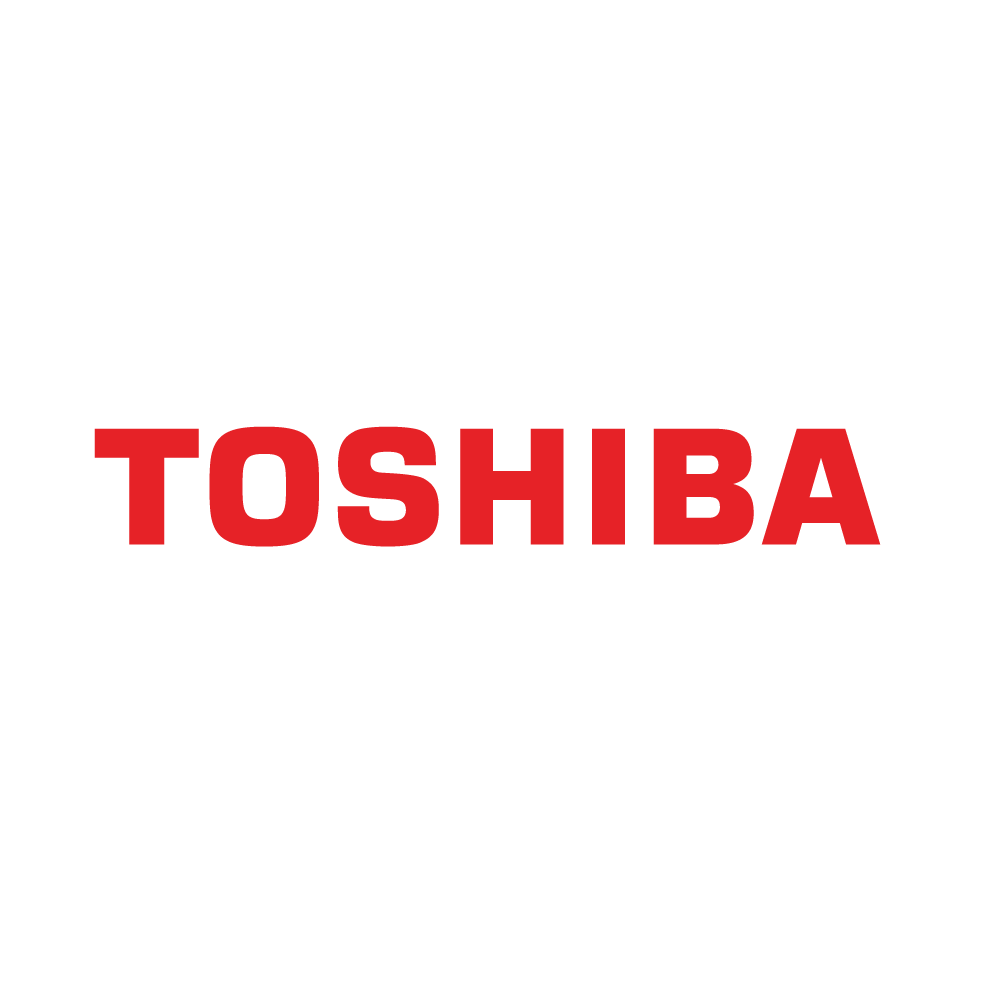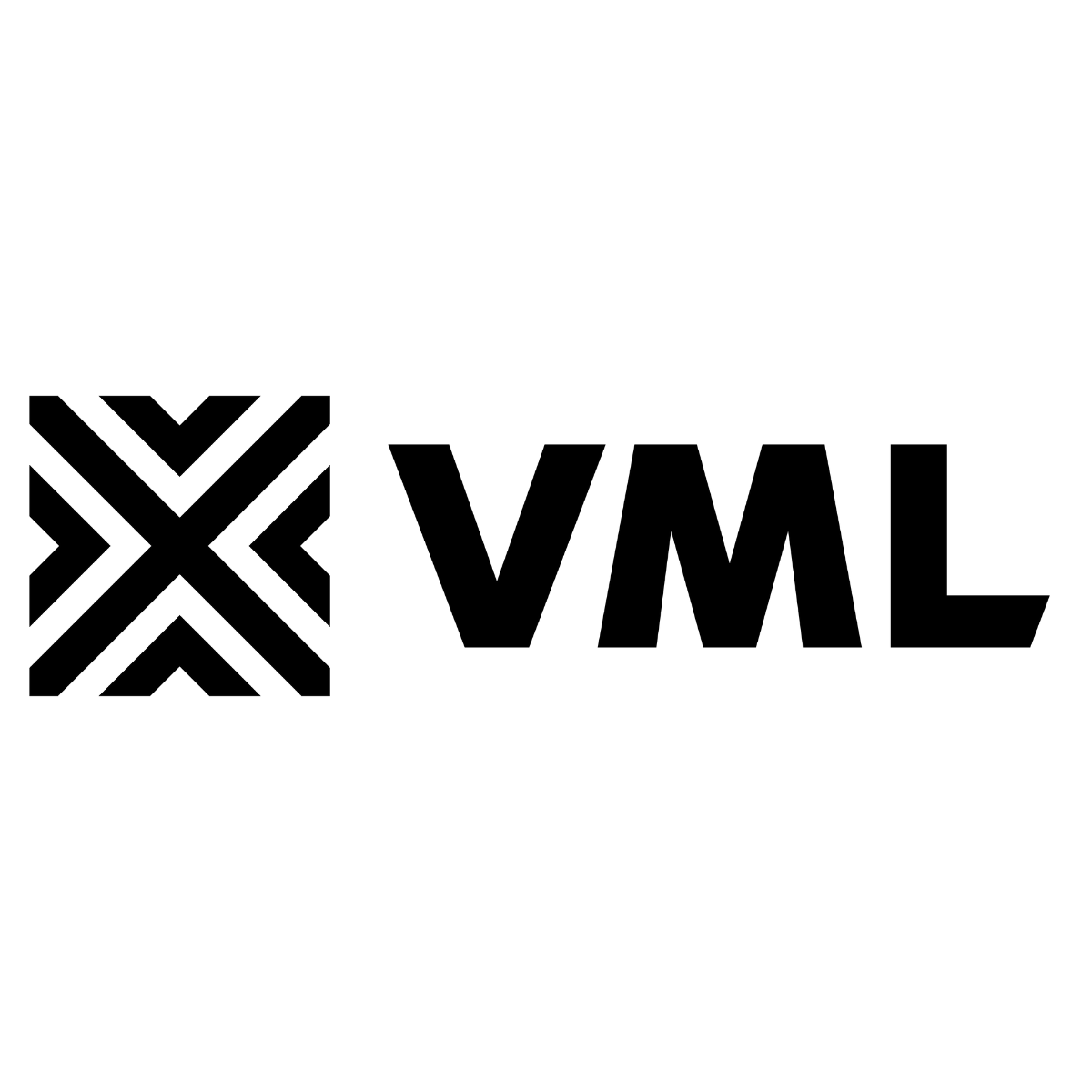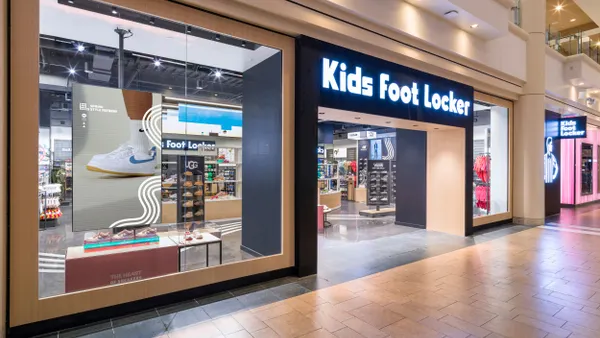The federal government shutdown that started Oct. 1 is just the latest in a host of challenges, along with tariffs, inflation and signs of economic weakness, that are bedeviling businesses as 2025 winds down. This makes smaller retailers — which lack the financial buffer most big chains have — especially vulnerable as the holidays approach.
“Everyone loves shouting about shopping small or local, especially during the holiday season, but this year, small businesses are heading into their busiest period with a level of uncertainty they haven't faced before,” said Jacob Bennett, co-founder and CEO of Crux Analytics, which works with small businesses and their banks.
Summer ended sluggishly for the sector, according to the Fiserv Small Business Index for September, which leverages transaction data from more than 2 million U.S. small businesses across the country: Adjusted for inflation, retail sales dropped 1.4% year over year.
Foot traffic is solid, but average basket size is down, according to Mike Spriggs, head of consumer insights at Fiserv. “That tells us the American consumer is still engaged — just price-aware and promotion-sensitive,” Spriggs said by email.
Then there is the shutdown, which disrupted the loan program at the Small Business Administration — both access to new loans and management of existing ones. Among other consequences, this could disrupt inventory management, which has already been roiled by tariffs.
And tariffs are a problem for small enterprises: Nearly all (more than 97%) of U.S. import companies are small businesses, according to the U.S. Chamber of Commerce. That includes some that manufacture goods domestically.
"This year, small businesses are heading into their busiest period with a level of uncertainty they haven't faced before."

Jacob Bennett
Co-founder and CEO, Crux Analytics
Just over 60% of smaller business owners rank tariffs among their top challenges, second only to inflation’s 68%, according to a survey of 300 businesses conducted by Counterpart Insurance.
"Small businesses are walking a tightrope between unprecedented opportunity and escalating risk," Counterpart CEO Tanner Hackett said by email. "The holiday season is usually a boom time for business growth, but with 86% of SMBs sweating tariff ramifications, especially on consumer demand, the outcomes are more challenging to predict than ever."
It’s a tricky time of year for a small business even without this year’s added twists. Many of these proprietors worry about burnout (30%), Black Friday traffic (37%) and holiday inventory (32%), according to research from financial platform Xero, which is geared toward small businesses. More than half also say that tight budgets make holiday discounting difficult if not impossible.
Simple promotions, like bundles or limited offers, are easier for customers to understand and retailers to execute, according to Andrew Kanzer, Xero’s managing director for North America. But small and independent stores have something to offer customers beyond promotions, he said.
“They can lean into what keeps customers satisfied and coming back: a sense of appreciation and authenticity and the kind of personal service and community connection that big brands struggle to replicate at scale,” he said by email. “Given the constraints, the key is to prioritize and execute flawlessly rather than trying to do it all.”
Automating tasks like order processing or inventory tracking frees people up to help shoppers in store and can help avoid burnout, Kanzer said. This is true no matter the time of year, he said.
“They can lean into what keeps customers satisfied and coming back: a sense of appreciation and authenticity and the kind of personal service and community connection that big brands struggle to replicate at scale."

Andrew Kanzer
Managing Director for North America, Xero
“It's important to know that the holiday scramble and cash flow anxiety aren't just seasonal problems — they're symptoms of an outdated way of doing business, all year round,” he said.
Indeed, many of 2025’s unique problems may also linger. Nearly 90% of small business owners have expressed some level of concern about tariffs’ effect on their business over the next 12 months, according to Counterpart’s research.
One of them is Astrid Vigeland, owner of Folly 101, a home goods shop in Portland, Maine. Vigeland has been able to gather the inventory she needs for the season, and she expects her customers to be able to absorb price hikes. She’s less sure about 2026.
“We've had a couple of vendors close, but people have had their inventory,” she said. “Prices have gone up — it’s nominal but noticeable. The problem I see is coming up — people don't have inventory for the upcoming year. They've had inventory for now, but it will be noticeable next year.”



